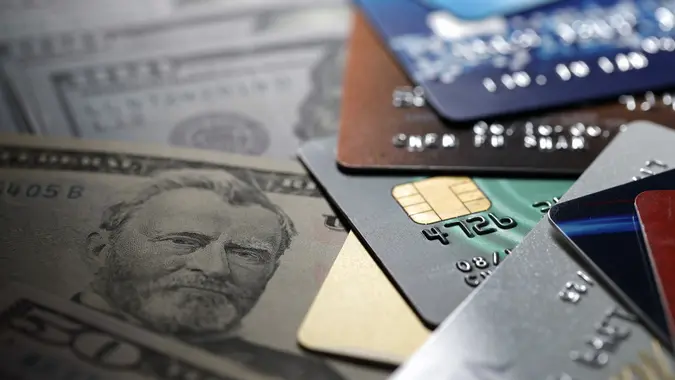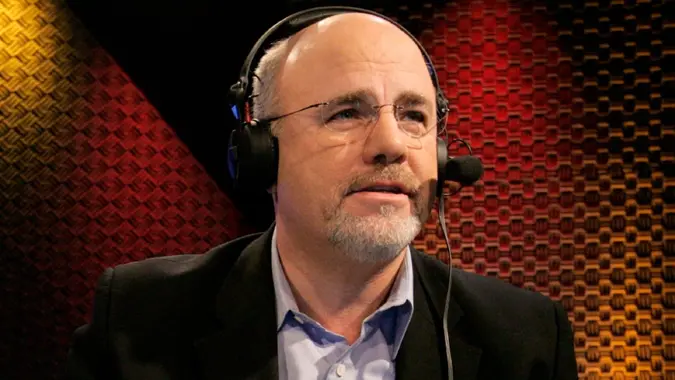Ramit Sethi: ‘This Is How People Get Into Trouble With Credit Cards’

Commitment to Our Readers
GOBankingRates' editorial team is committed to bringing you unbiased reviews and information. We use data-driven methodologies to evaluate financial products and services - our reviews and ratings are not influenced by advertisers. You can read more about our editorial guidelines and our products and services review methodology.

20 Years
Helping You Live Richer

Reviewed
by Experts

Trusted by
Millions of Readers
Whether you like the convenience, potential rewards or ability to pay over time for large purchases, using a credit card can seem like an appealing payment option. But if you’re not careful and strategic about charges, your card can quickly become a money trap that drains your income.
In a LinkedIn post, Ramit Sethi, a financial expert and the author of “How To Get Rich,” discussed how borrowers get into trouble by only making minimum credit card payments.
Why Minimum Payments Hurt You
Since the amount is usually just 1% to 4% of your card balance, paying the minimum may seem like a good choice when you’re on a tight budget. The problem is that it can take many years for you to pay off your card’s balance. In the meantime, the balance usually keeps building up costly interest, with the national average rate being around 21%.
You can find yourself budgeting a large portion of your income to cover purchases you made years ago. Even if you earn a decent income, these payments can make it seem like you’re struggling financially. Sethi explained, “This interest is like ‘invisible quicksand’ pulling you down.”
Along with straining your finances, all the money going toward credit card payments limits your other investment and savings options. Regarding this opportunity cost, Sethi wrote, “Instead of paying off $10,000 worth of furniture for 30+ years, if you’d invested the same amount and earned 8%, it would’ve turned into about $27,000!”
Real-World Examples
To show how credit card interest wastes your money, Ramit listed some scenarios with purchases made on a card with a 27% annual percentage rate. Based on a 2% minimum payment requirement, the card’s payoff time would be 30 years or longer, and interest could cost 13 times your purchase amount.
For instance, if you bought a $1,000 phone and made the minimum payment, you could lose over $13,000 to interest. A $10,000 furniture purchase could cost a whopping $132,000 in interest.
You can experiment with a minimum payment calculator, such as this one from GreenPath Financial Wellness, to see how costly a potential purchase might be on your card. You’ll just need a few details, including the interest rate, purchase amount and minimum payment percentage.
How You Can Avoid Credit Card Trouble
In a blog post, Sethi advised, “The key and number one credit card rule to using credit cards effectively is to pay off your credit card in full every month.” While this simple step requires good money management skills, it can ultimately save you thousands in interest and leave your future income available for other opportunities.
But if you’re already in a debt trap, you can still reduce the impact by paying off your card balances as quickly as possible. Take a close look at which cards are costing you the most in interest so you know where to focus. It could also be worth looking into balance transfer card promotions with 0% interest for a limited time.
 Written by
Written by  Edited by
Edited by 























